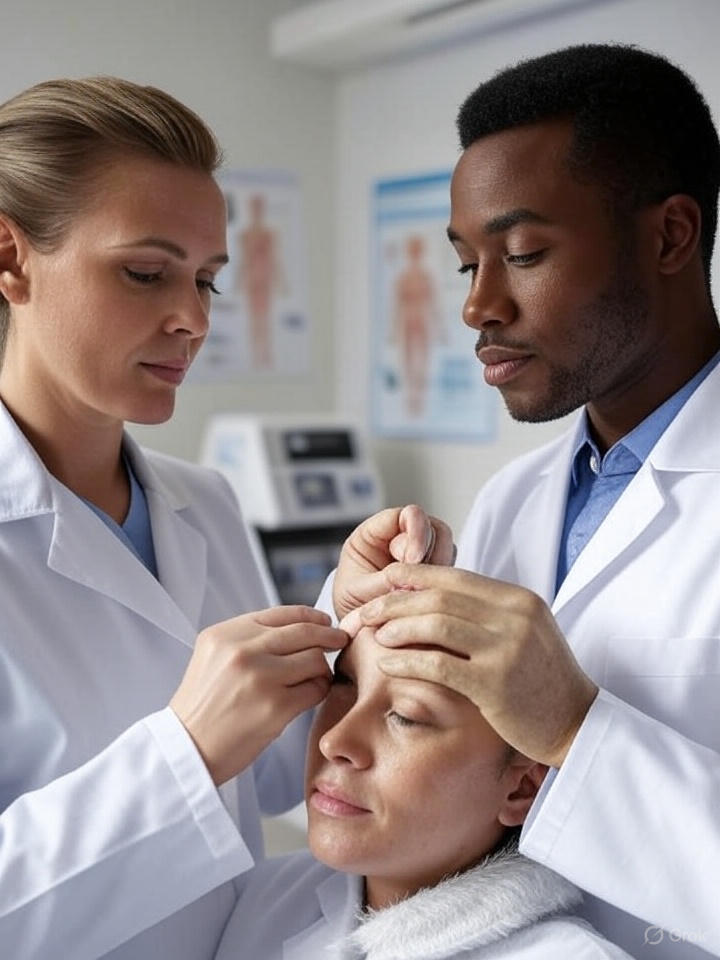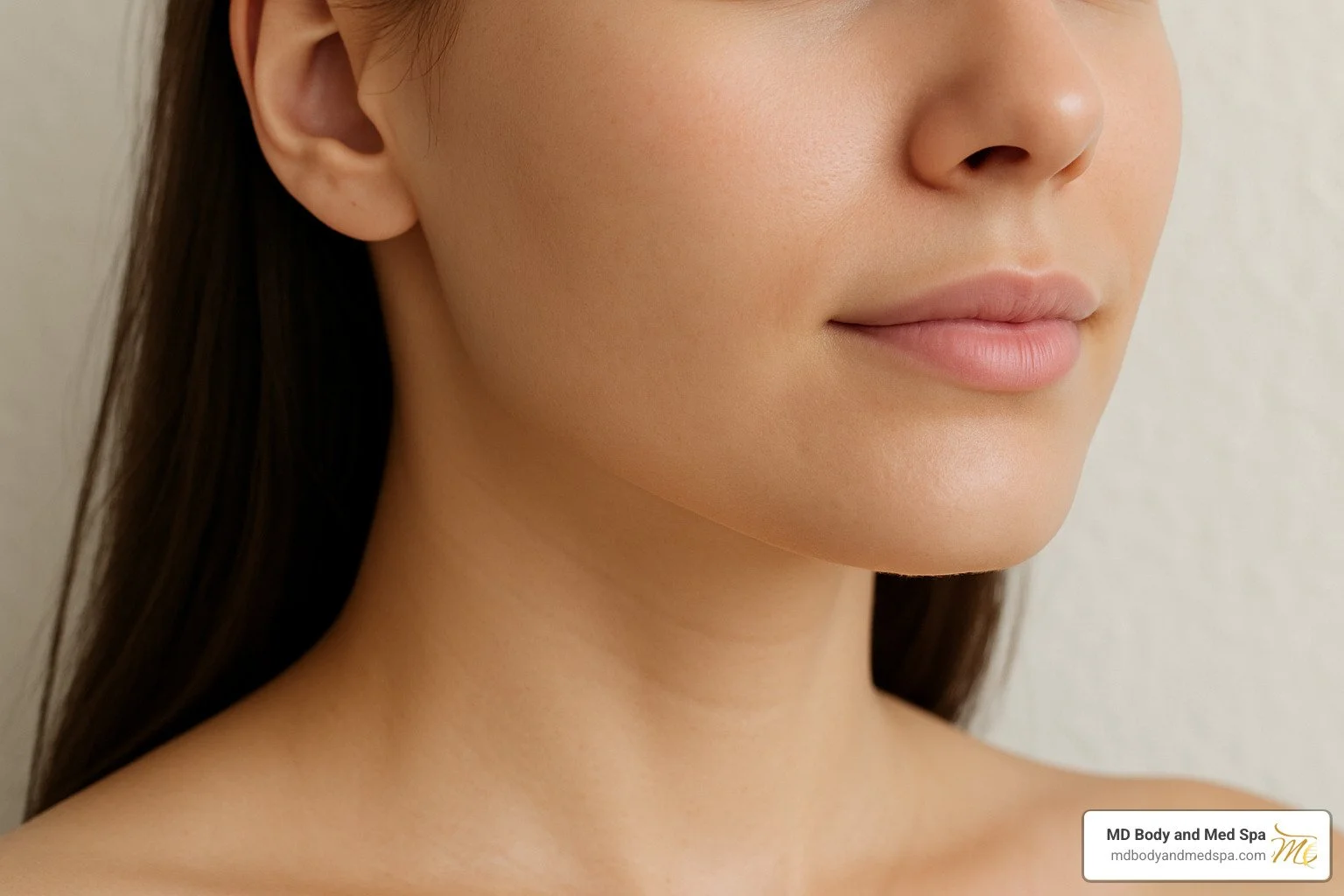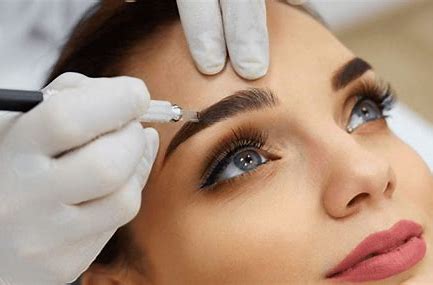Skin cancer is one of the most prevalent cancers worldwide, but taking preventative measures can significantly lower your risk. Dermatology experts emphasize the importance of protecting your skin from harmful UV rays. Early detection and regular skin checks also help maintain healthy skin. Following practical advice from dermatology professionals can improve your skin’s resilience against cancer.
Apply Sunscreen Every Day Without Exceptions
Dermatologists stress the importance of using sunscreen daily, no matter the weather conditions or season. Sunscreen acts as a barrier that protects your skin from harmful UV rays, which can increase the risk of skin cancer. It’s best to select a broad-spectrum sunscreen with an SPF of 30 or higher for adequate protection. Reapplying sunscreen every two hours is recommended, particularly after swimming, sweating, or prolonged sun exposure.
Consistent sunscreen use helps prevent long-term skin damage and reduces the chance of developing skin cancer. Along with other protective measures, sunscreen supports overall skin health and resilience. Wearing protective clothing and seeking shade during peak sunlight hours can further enhance your skin’s defense. Following these steps regularly creates a strong routine for safe sun exposure.
Avoid Overexposure During Peak Sun Hours
The sun’s UV rays reach their strongest intensity between 10 a.m. and 4 p.m., greatly increasing skin damage risk. Dermatology experts advise limiting outdoor activities during these peak hours to reduce harmful sun exposure. When staying indoors isn’t possible, find shade under a tree, an umbrella, or another protective shelter. Taking these precautions during peak sunlight hours significantly lowers the chance of long-term skin damage.
Protecting your skin during the strongest UV times is a key part of dermatology-based skin cancer prevention. Combining shade with sunscreen and protective clothing offers the best defense against harmful rays. Developing habits to avoid direct sun exposure during peak hours supports healthier, more resilient skin. Consistent protection during these times helps maintain your skin’s overall health and appearance.
Avoid Indoor Tanning at Any Cost
Tanning beds expose your skin to intense UV radiation, which greatly increases the risk of developing skin cancer over time. Despite common misconceptions, indoor tanning is not safer than natural sun exposure, according to numerous dermatology studies. Many people mistakenly believe tanning beds pose fewer risks, but research clearly shows they cause significant skin damage. To protect your skin, avoid tanning beds and follow dermatology recommendations for safer practices.
If you want a tanned appearance without harmful effects, opt for self-tanning products instead of UV exposure. Self-tanners offer a much safer alternative, providing the desired color without causing skin damage or increasing cancer risk. Dermatology experts encourage using these products to maintain skin health while achieving a natural-looking tan. Choosing self-tanning is an effective way to protect your skin and reduce long-term risks.
Follow Expert Dermatology Tips for Early Detection and Prevention
Dermatologists recommend checking your skin monthly for abnormal growths, changes in freckles, or unusual moles. Early detection often results in better outcomes and faster treatment options. Use a mirror to examine hard-to-see areas, or ask someone you trust to help. Keep track of new spots and consult a dermatologist if anything appears suspicious. Regular preventative efforts lead to healthier skin and greater peace of mind.



